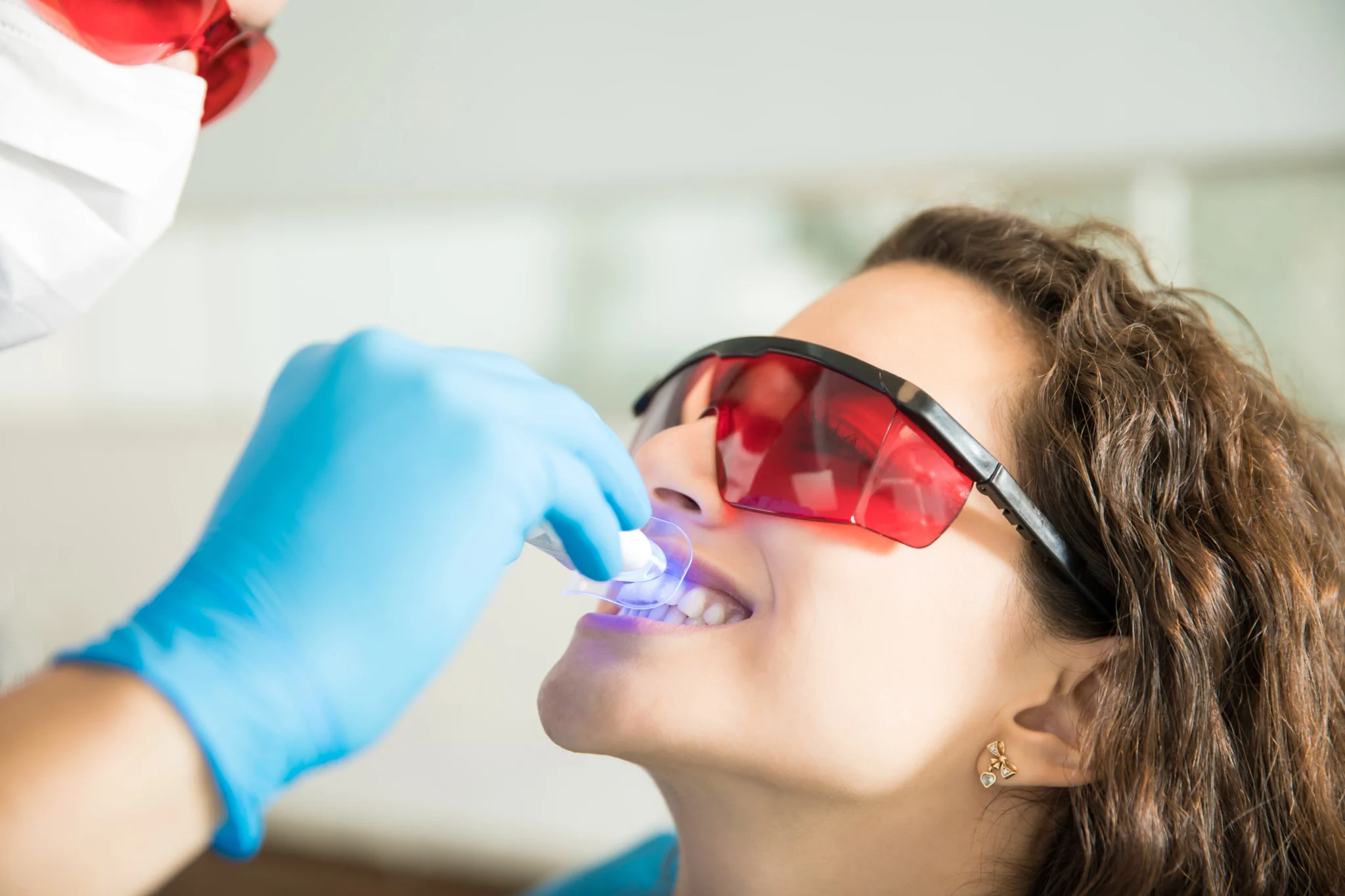
In the dynamic world of cosmetic dentistry, dental veneers continue to be one of the most popular options for achieving a picture-perfect smile. Thanks to rapid technological advancements, the veneer process has undergone a significant transformation—offering more precision, efficiency, and personalization than ever before. Patients and professionals alike are witnessing the impact of innovation on both the materials and methods used to enhance smiles. Let’s dive into the hottest tech-driven trends shaping the future of cosmetic dental treatment plans with veneers.
1. Digital Smile Design (DSD)
One of the most revolutionary trends in the veneer space is Digital Smile Design (DSD). This software-based system allows dentists to create a highly personalized preview of a patient’s future smile before any physical work begins. Using photos, videos, and 3D scans, dentists can map out tooth proportions, shape, alignment, and symmetry—ensuring that the veneers match the patient’s facial features and aesthetic goals.
For patients, this means greater confidence in their cosmetic dental treatment plan, as they can see a realistic mock-up of their new smile. For dentists, DSD improves communication and allows for precise planning, reducing the need for revisions and surprises during the final reveal.
2. CAD/CAM Technology
Computer-Aided Design and Computer-Aided Manufacturing (CAD/CAM) has become a cornerstone in modern veneer fabrication. Traditional methods often required multiple appointments and messy physical impressions. Today, CAD/CAM enables same-day veneers by allowing dentists to digitally design the veneer and mill it in-office using high-quality ceramic materials.
This not only speeds up the process but also enhances the accuracy of the fit. A well-fitting veneer is essential for durability, comfort, and long-term oral health, and CAD/CAM makes that precision easier to achieve.
3. Intraoral Scanners
Say goodbye to bulky impression trays. Intraoral scanners are now widely used to capture a digital map of a patient’s teeth with extreme accuracy. These handheld devices produce 3D images that are instantly transferred to design software for crafting dental veneers.
Besides being more comfortable for the patient, intraoral scanning eliminates errors associated with traditional impressions, such as distortion or poor material quality. These scans form the foundation of a precise cosmetic dental treatment plan, helping dentists create veneers that fit and function optimally.
4. AI and Machine Learning in Treatment Planning
Artificial Intelligence (AI) is playing an increasingly important role in how cosmetic dental treatment plans are created. From analyzing facial symmetry and bite alignment to predicting long-term wear patterns, AI tools can help dentists plan with more confidence and predictability.
Machine learning algorithms can also suggest veneer shapes and materials based on thousands of successful cases, further improving outcomes. This helps streamline treatment and enables personalized recommendations that go beyond human intuition.
5. 3D Printing for Prototyping and Temporaries
3D printing is emerging as a powerful tool in cosmetic dentistry, particularly when it comes to creating mock-ups or temporary veneers. Instead of waiting days for lab-fabricated prototypes, dentists can now print temporary veneers chairside within minutes.
These prototypes allow patients to “test drive” their new smile as part of their cosmetic dental treatment plan, giving them the chance to request adjustments before committing to the final result. This level of customization fosters trust and satisfaction throughout the treatment journey.
6. Advanced Veneer Materials
Modern dental veneers are not only more technologically advanced in terms of how they’re made, but also in what they’re made of. High-strength ceramics like lithium disilicate and zirconia are now commonly used for their strength, translucency, and natural appearance.
These materials mimic the look of natural enamel more closely than ever before while offering long-term durability. In addition, they can be shaped and polished more precisely using advanced tools, ensuring a seamless integration into the smile.
7. Teledentistry and Virtual Consultations
The convenience of teledentistry has made its way into the world of veneers, particularly for the initial stages of treatment. Patients can now begin their cosmetic dental treatment plan from the comfort of home, through virtual consultations that assess their smile and discuss goals.
Some platforms also allow for digital uploads of mouth scans or photos, which are then reviewed by cosmetic specialists. This approach speeds up decision-making, reduces in-person visits, and makes high-quality cosmetic care more accessible.
8. Augmented Reality for Patient Visualization
Augmented Reality (AR) is adding another layer to the veneer planning process. With AR, patients can “see” what their smile will look like in real-time, through their smartphone or on-screen projections during a consultation.
This goes beyond static images or simulations—patients can interact with their virtual smile, smile at different angles, and make adjustments on the spot. This level of engagement empowers patients and adds a new dimension to modern cosmetic dental treatment plans.
The convergence of technology and aesthetics is reshaping what’s possible with dental veneers. Whether it’s the speed of same-day veneers, the personalization offered by AI and AR, or the comfort of digital scanning, the patient experience is now more seamless, informed, and satisfying than ever before.
As these tech-driven trends continue to evolve, one thing remains clear: veneers are no longer just about covering imperfections—they’re about crafting confidence through precision, innovation, and artistry. So if you’re considering veneers, make sure your cosmetic dental treatment plan is powered by the latest tools in modern dentistry.

6 Tips To Unlock New Business Opportunities With My Aged Care Registration

The Hidden Business Power of Storytelling Through Books

Diamond Painting Apps & Digital Tools for 2025 Artists

Accelerating drug discovery through the DEL-ML-CS approach

AI in Marketing Is No Longer a Buzzword — It’s the Strategy
Fix GB WhatsApp Ban 2025 – Safe Usage Tips & Best Practices

Why a Shockproof Cover Is Your Best Defense Against Cracks

Benefits of Working with a Bathroom Remodeling SEO Company








